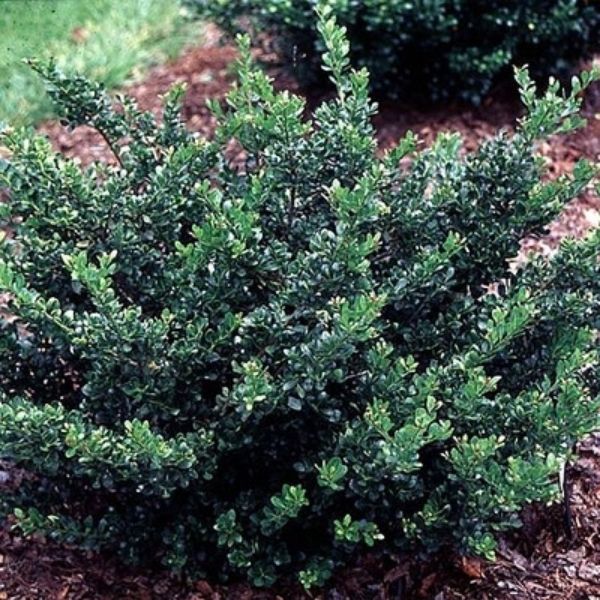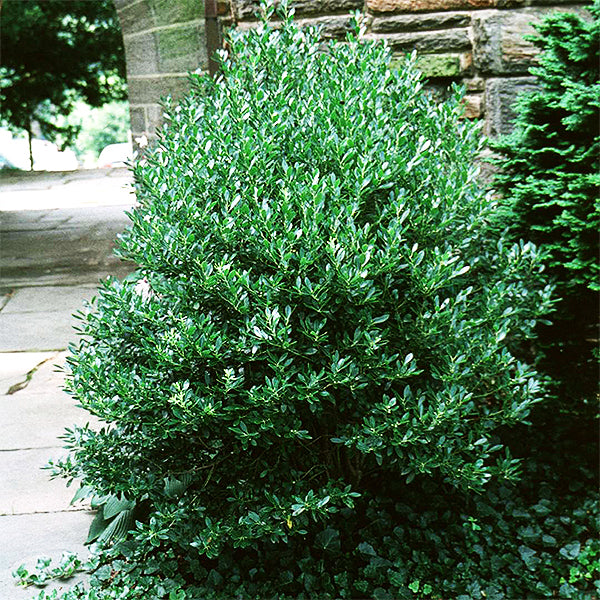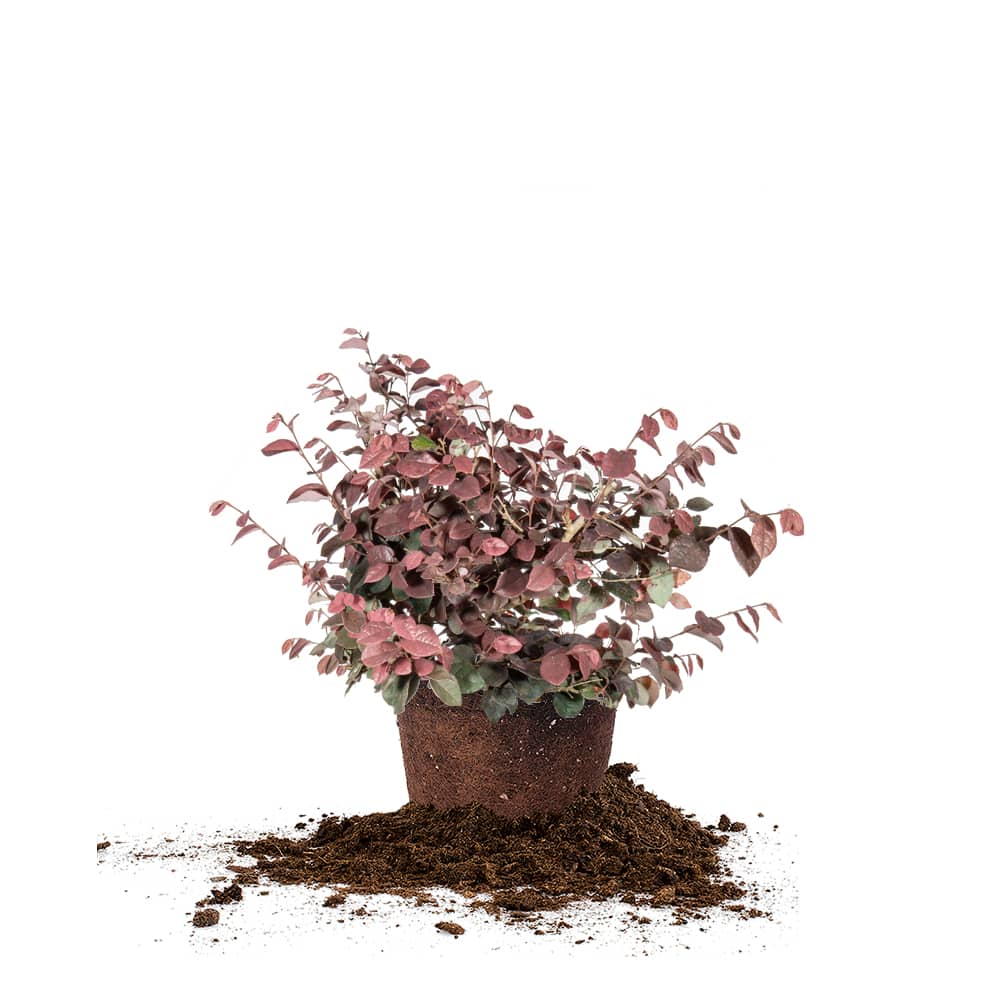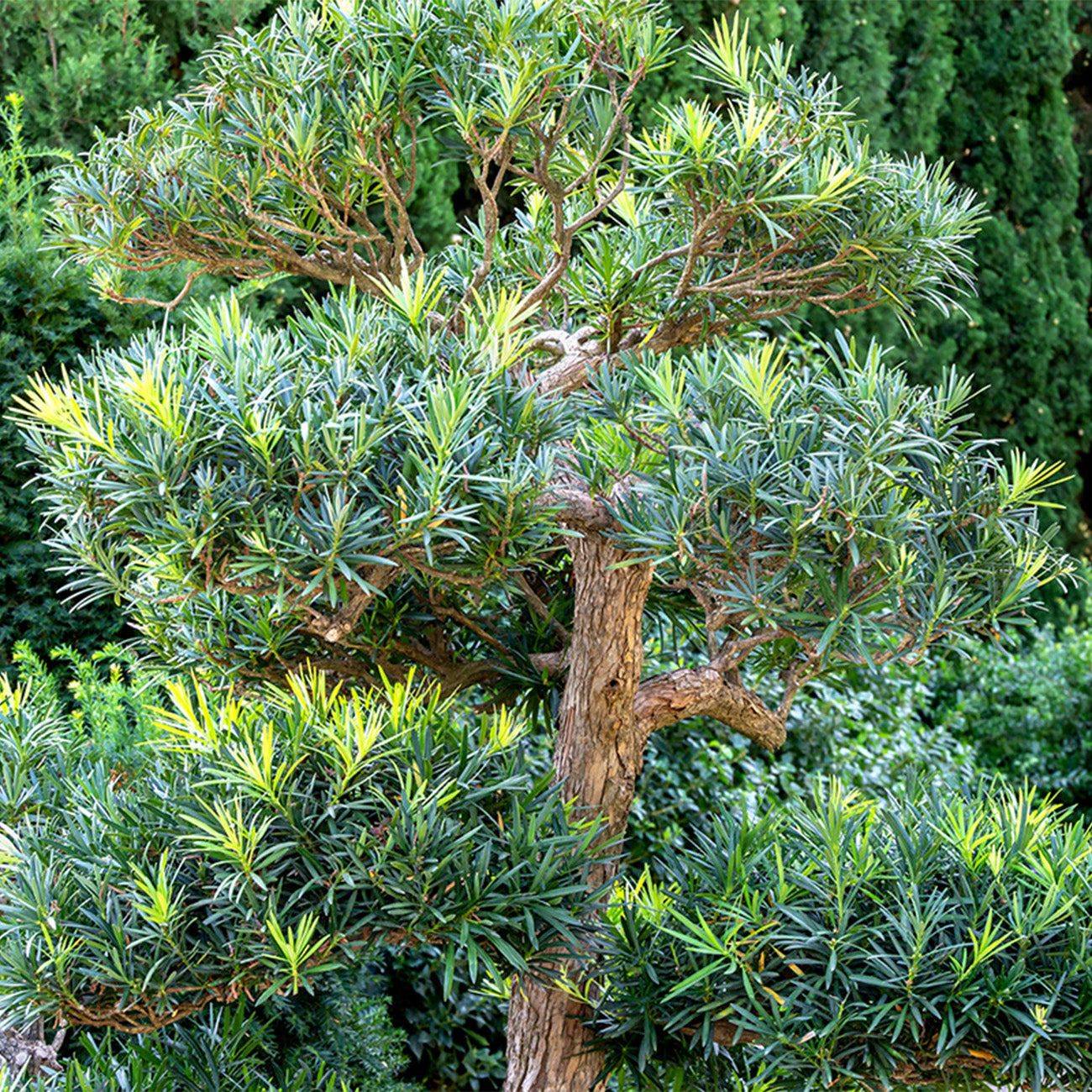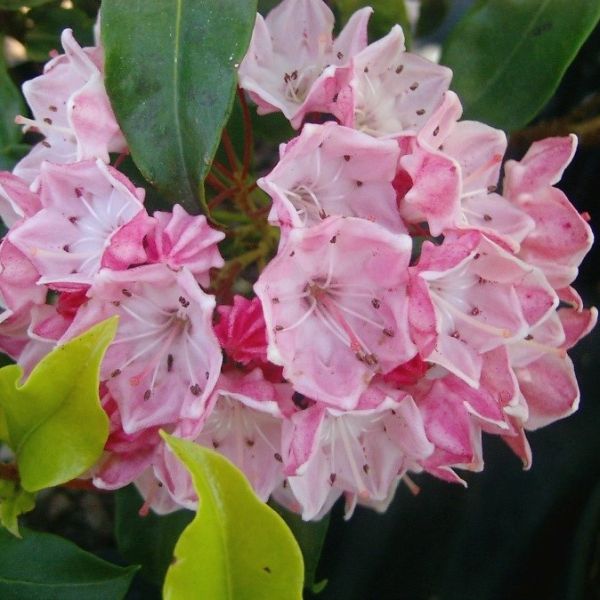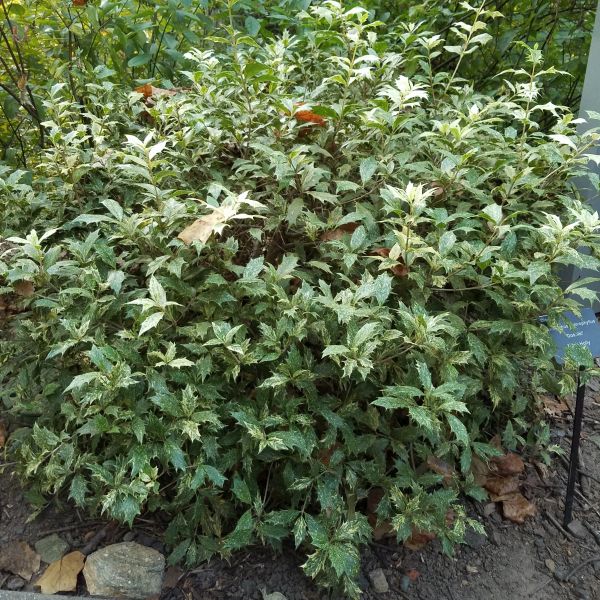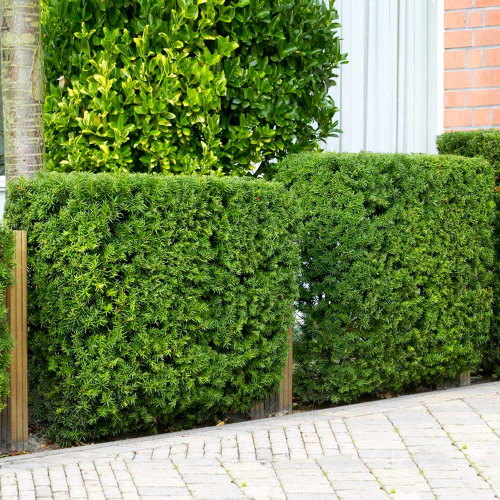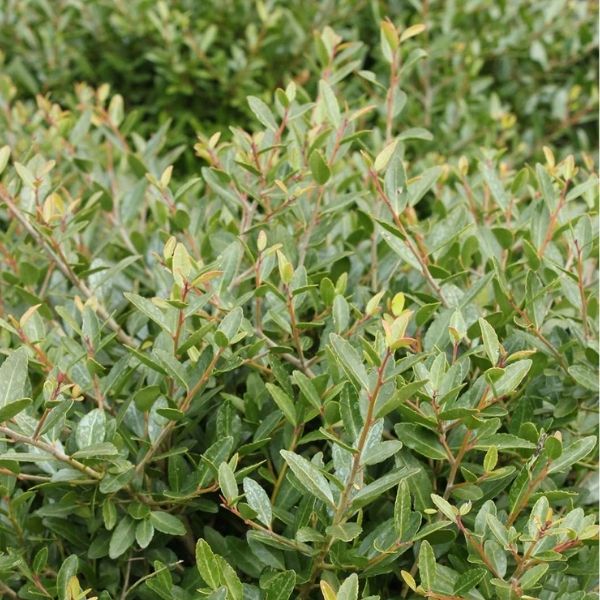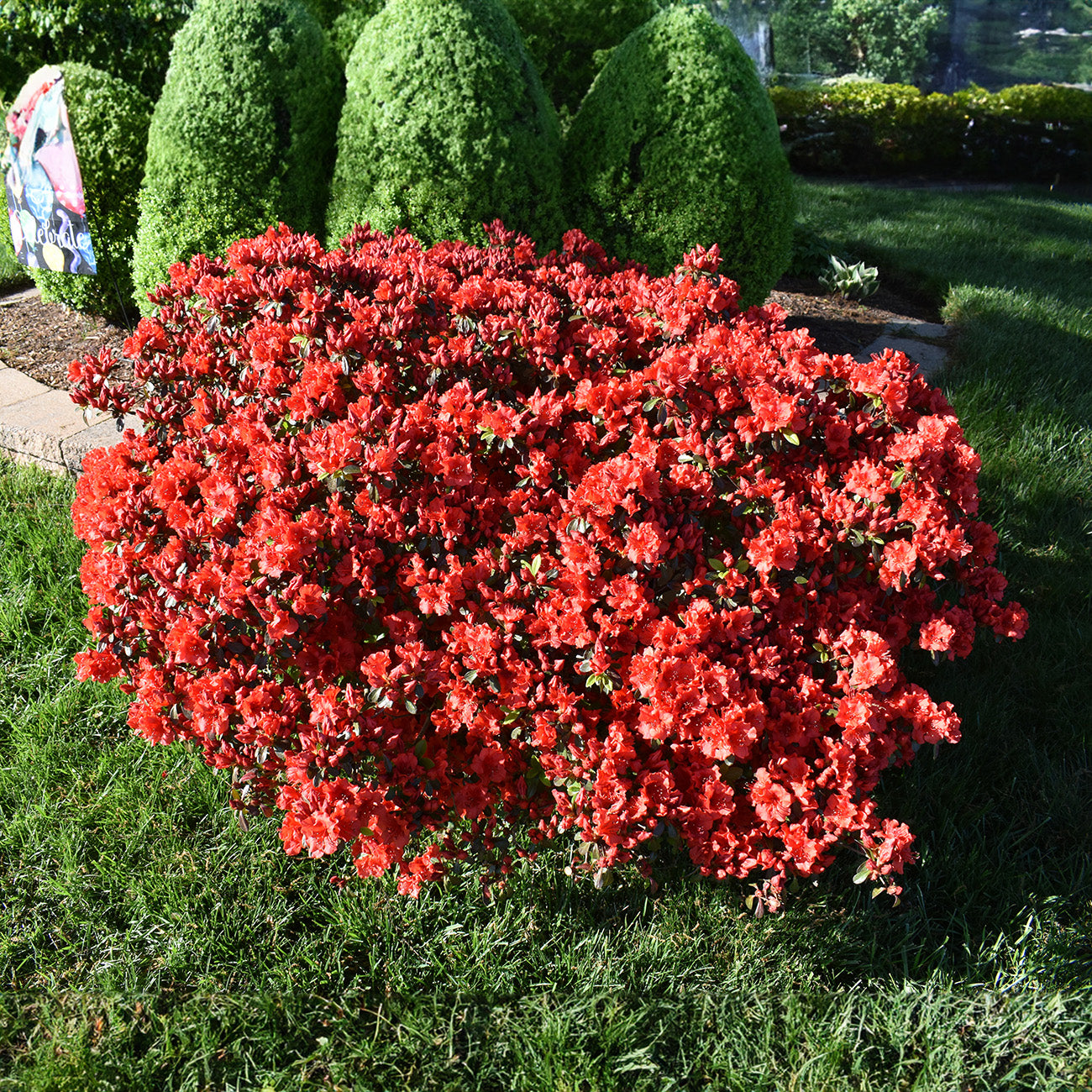9 beautiful boxwood alternatives to help get the look but avoid the issues – as recommended by gardening professionals
These boxwood alternatives offer many benefits but without the pest and disease problems
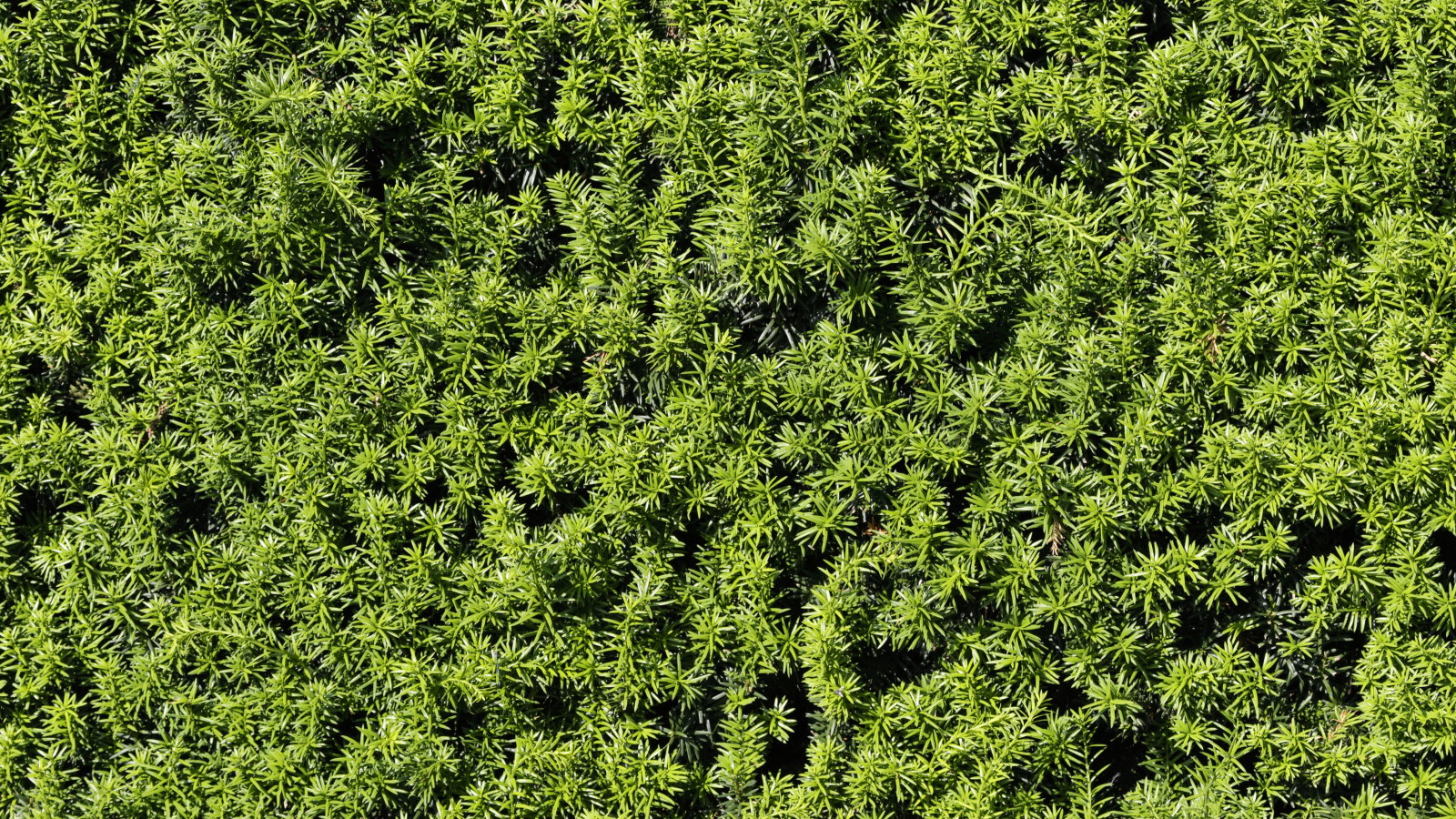

Boxwood has been a popular evergreen plant for hedging or topiary for centuries. However, more people are seeking boxwood alternatives due to concerns about box blight and box tree moth.
Increasingly, gardeners are choosing alternative evergreen shrubs that can offer a similar look as boxwood - or better - without the issues of pests and disease.
Boxwood blight is a widespread fungal problem prevalent in more than 30 US states, while the box tree moth spread through Europe and arrived in the US in 2021. Whether you have been impacted or are worried your plants may be affected, we have nine boxwood alternatives recommended by horticultural professionals.
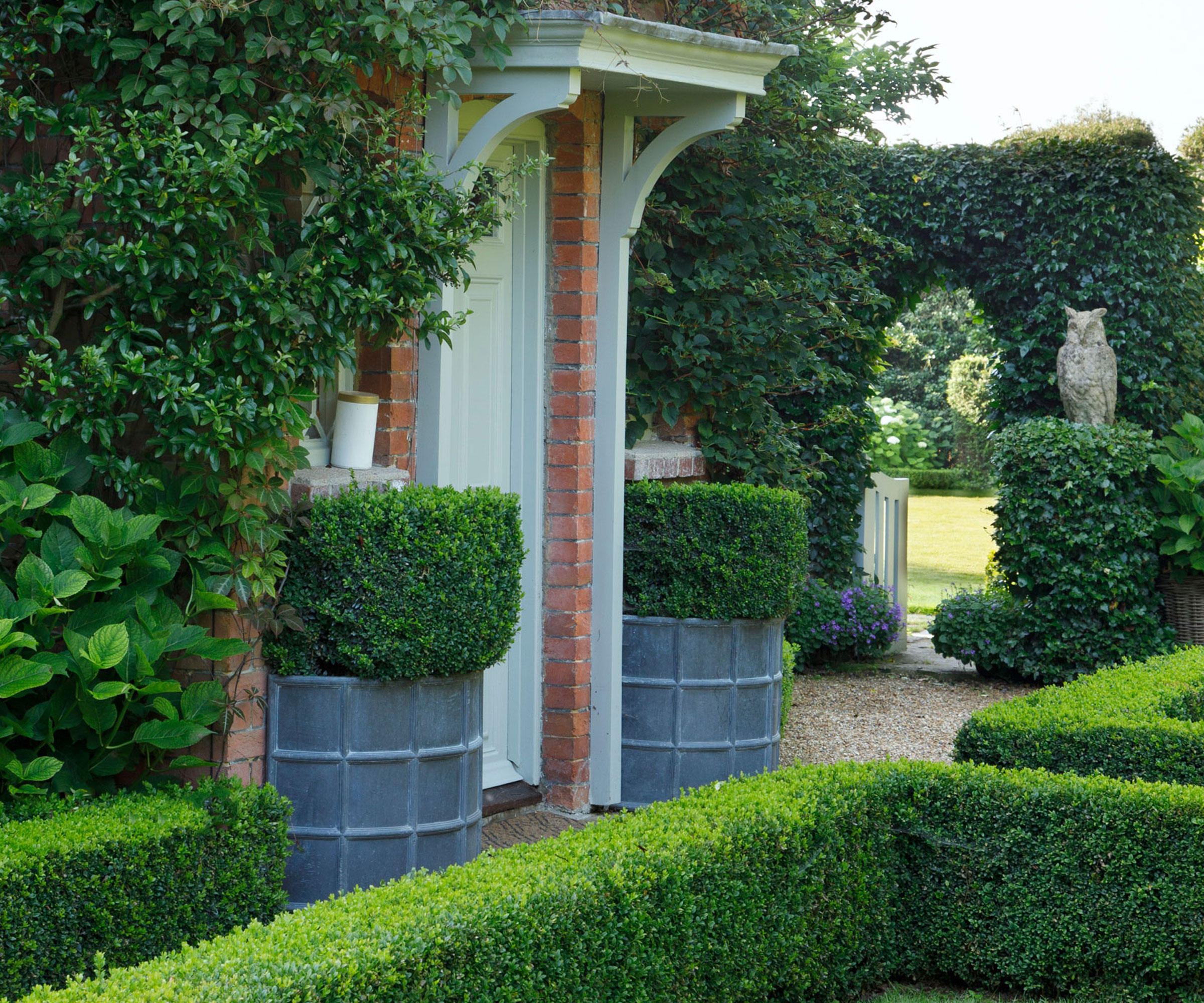
9 recommended alternatives to boxwood
The following boxwood alternatives can offer similar benefits but without the problems. And they all come with growing advice from gardening experts.
Japanese holly
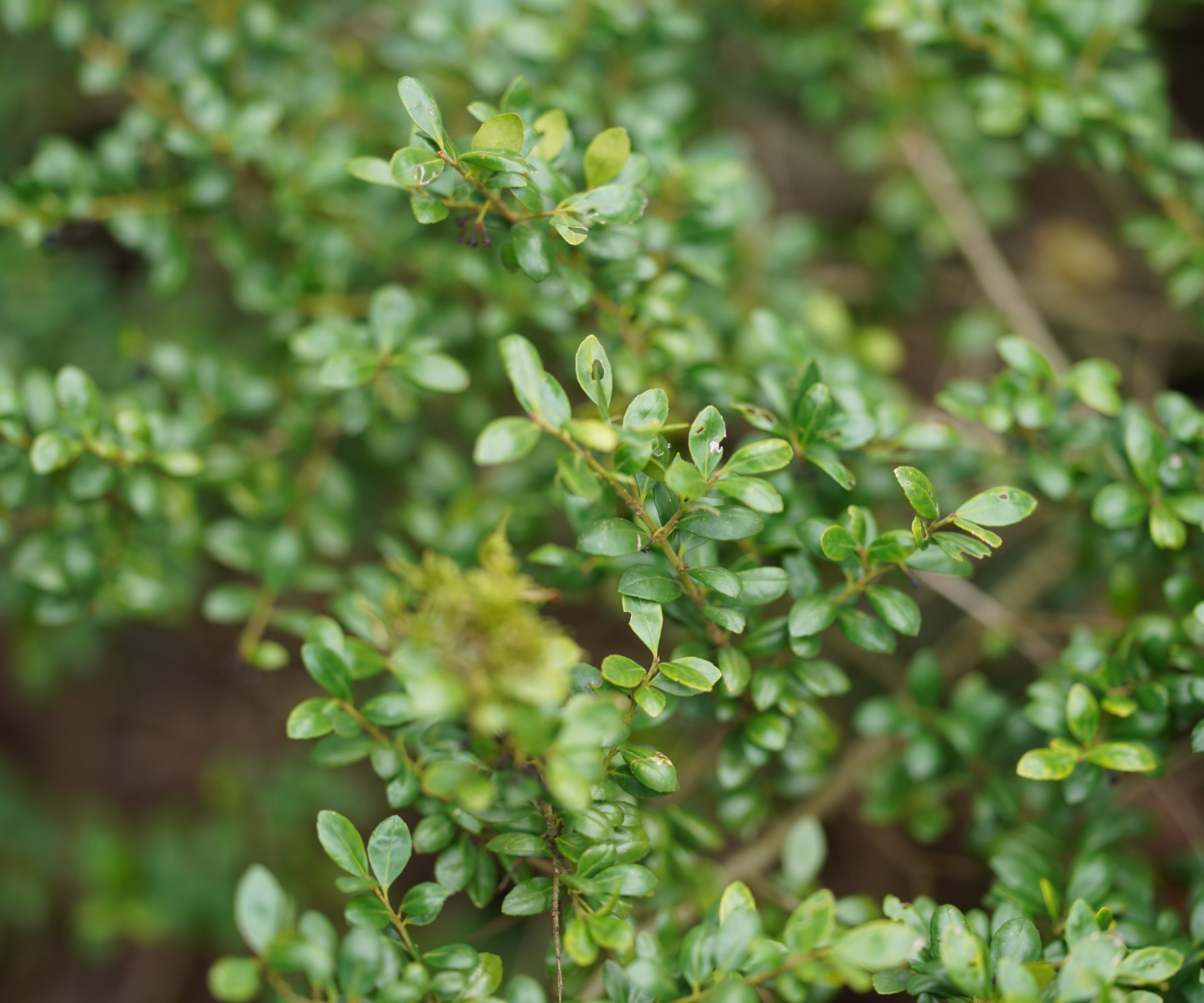
Japanese holly (Ilex crenata) is an easy evergreen shrub to grow and looks similar to boxwood. It mimics many of the benefits of boxwood but without the pest and disease issues - making it a great alternative to boxwood.
‘Japanese holly is somewhat deer-resistant (boxwood’s main claim to fame) as well as insect, disease, and trouble-free,’ says Lorraine Ballato, an award-winning horticulturist and author. ‘It needs little maintenance as long as it is planted in sun-to-part-sun in relatively friendly soil.’
Another aspect that makes Japanese holly a good boxwood substitute is its dense structure of small leaves. This makes the evergreen the perfect plant for topiary and also a low-maintenance hedge plant.
Design expertise in your inbox – from inspiring decorating ideas and beautiful celebrity homes to practical gardening advice and shopping round-ups.

Lorraine Ballato is a shrub expert and the author of the international best-selling book 'Success with Hydrangeas', available at Amazon. She is also an in-demand speaker throughout the US and the resident hydrangea expert at the New York Botanical Garden.
Inkberry Holly
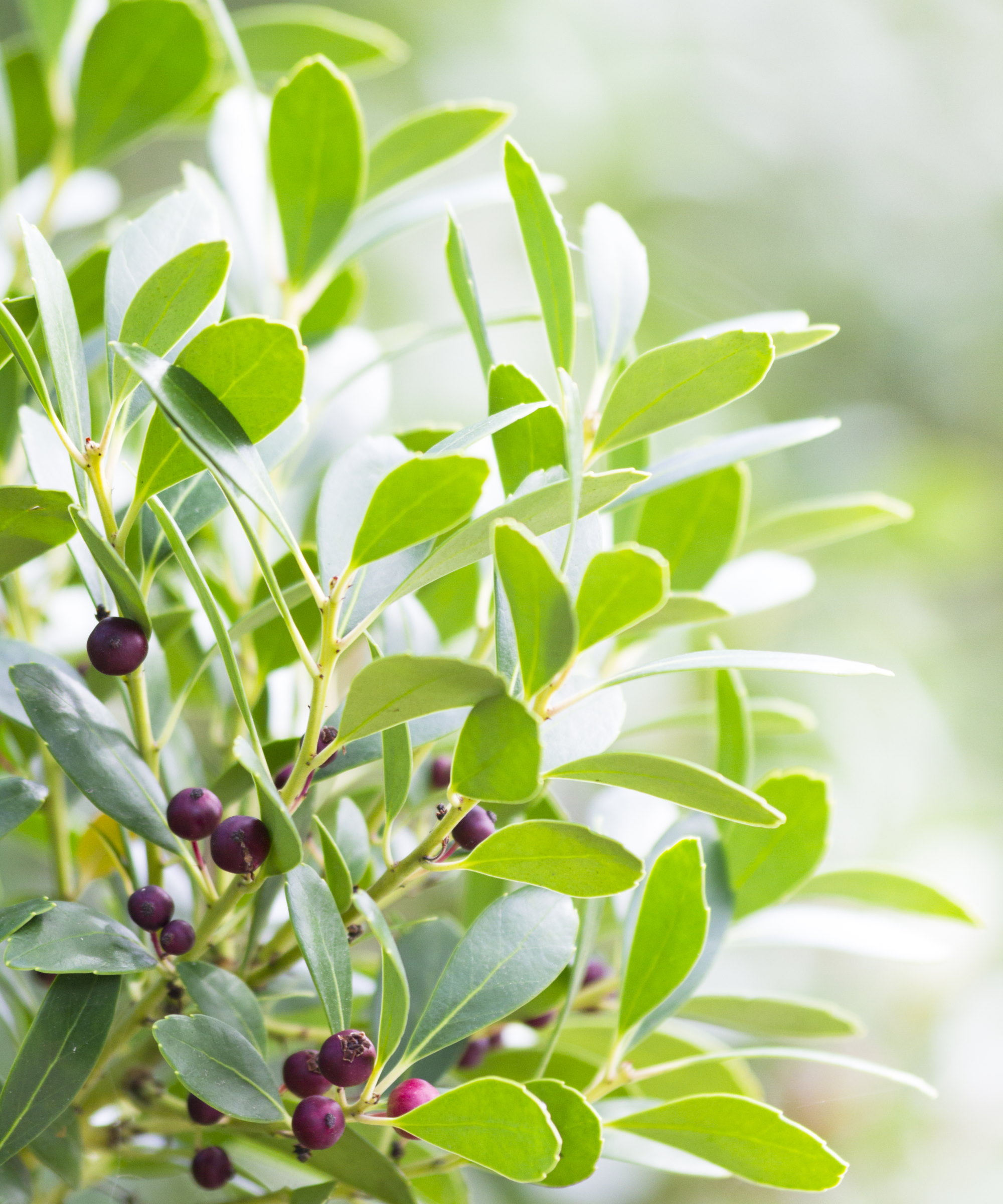
Inkberry Holly (Ilex glabra) is a fantastic native alternative to boxwood, with smooth, small, dark green leaves and dark fruits that give the shrub its name.
‘Inkberry holly thrives in various conditions, including wet soils,' explains Anna Ohler, owner of Bright Lane Gardens. ‘It’s an excellent low-maintenance alternative to boxwood, resistant to pests, diseases, and deer.
‘Several Inkberry cultivars are grown for their compact, rounded form (ideal for hedges), while small white flowers and dark berries provide food for pollinators and birds.’
This native plant can be used for low hedging or as specimen plants in flower beds or borders. Inkberry holly prefers a sunny spot but can be a shrub for shade in warmer climates.
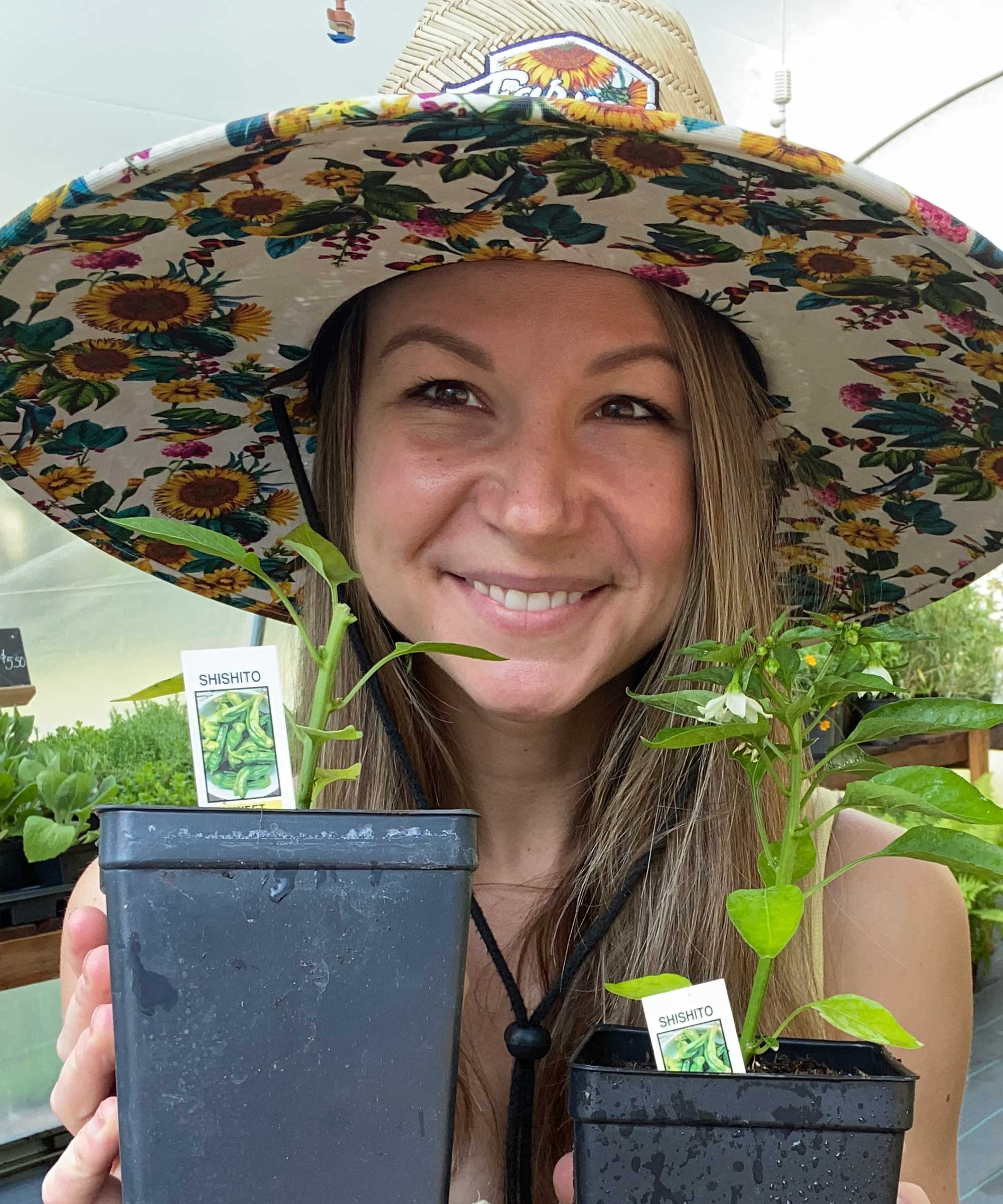
Anna is an avid plant hobbyist and the owner and operator of Bright Lane Gardens, a boutique plant nursery in Northern Michigan. With over a decade of experience in gardening and landscaping, she takes every opportunity to share her knowledge on all things plant-related. She also runs the company's YouTube channel, which is full of practical advice.
Loropetalum
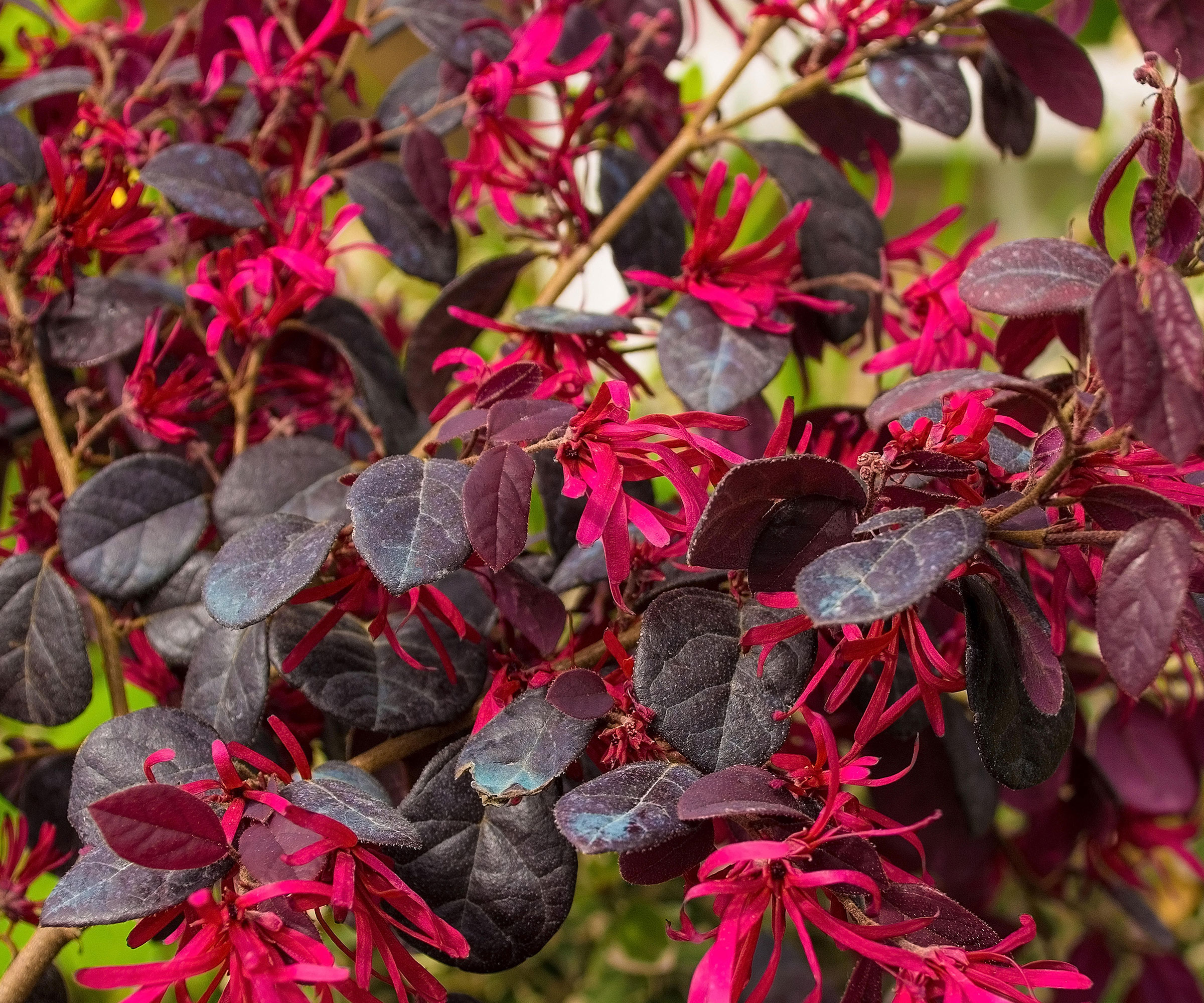
Loropetalum is a spring-flowering shrub that can be used as an attractive, low-maintenance alternative to boxwood in milder climates with US hardiness zones 7 and above.
Nikki Bruner from Perfect Plants hails the ‘unique characteristics’ of loropetalum and its colorful foliage, which comes in shades of green, burgundy, or purple. ‘Loropetalum adds a bold contrast to the landscape and has fucshia pink flowers in spring,’ she adds. ‘Loropetalum's dense growth habit makes it suitable for shaping into topiaries, providing a unique and eye-catching focal point in the garden.’
Loropetalum loves full sun and well-draining soil. If you are after an evergreen shrub with dark foliage, these drought-tolerant shrubs come in different sizes and colors to add real interest to any space.

Nikki Bruner is the marketing manager at Perfect Plants Nursery. With a passion for plants and expertise in marketing, Nikki combines her knowledge of the nursery industry with her creative thinking to promote and highlight the exceptional offerings of Perfect Plants Nursery. She is dedicated to ensuring customer satisfaction and providing valuable insights for plant lovers.
Podocarpus
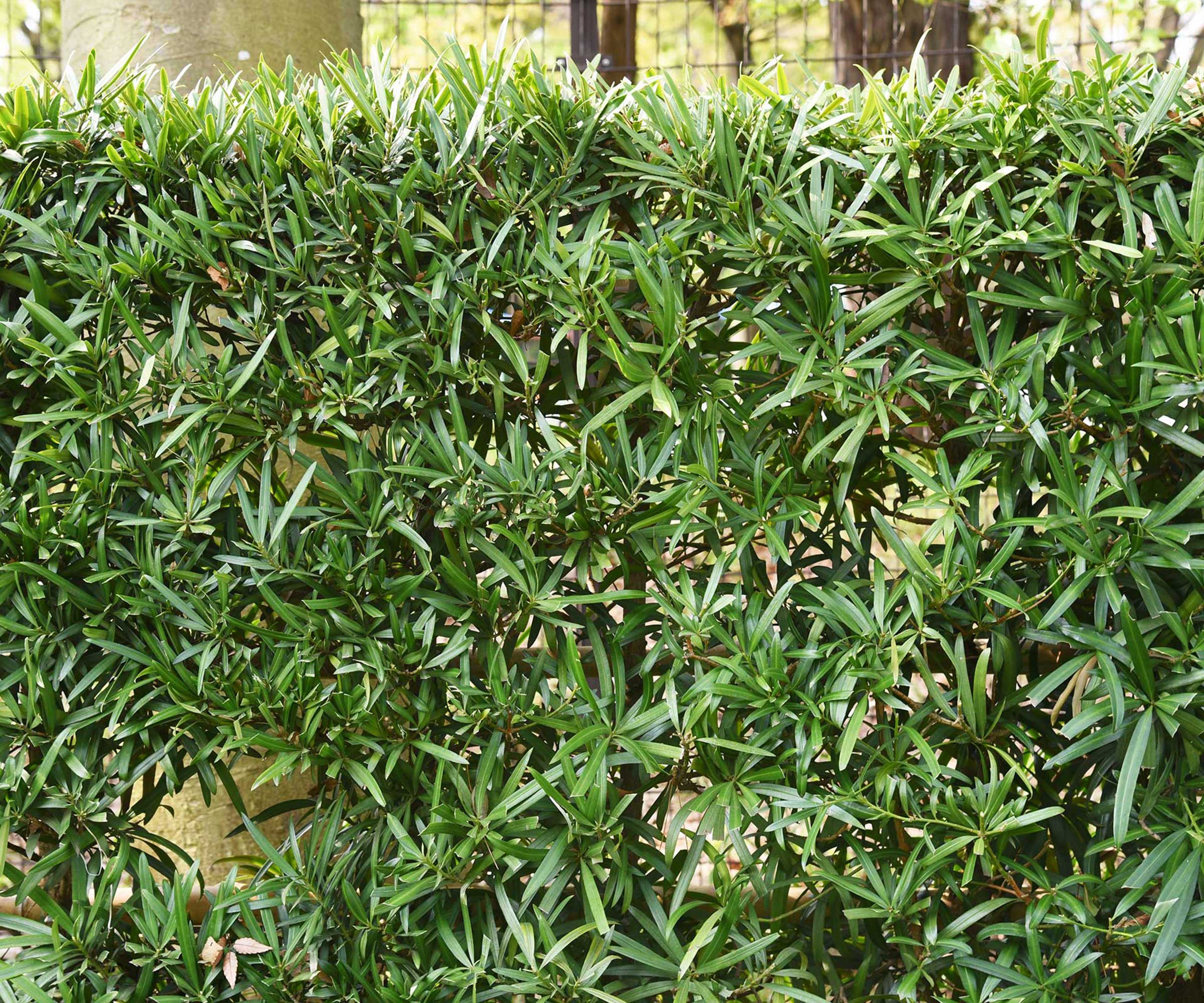
Nikki Bruner from Perfect Plants also recommends podocarpus as an excellent alternative to boxwood, thanks to its adaptability and visual appeal. Plants have dark green, soft foliage and small purple berries in fall.
‘With minimal pruning requirements and tolerance for various soil types and conditions, podocarpus is a low-maintenance alternative to boxwood,’ says Nikki. ‘The dense growth habit and responsiveness to pruning make podocarpus an ideal choice for creating formal or informal hedges.’
Podocarpuses are bushy evergreen coniferous shrubs and trees. There are over 100 species in the genus, from small shrubs to large trees, with varieties suitable for many backyard ideas. Dwarf varieties are ideal to clip into any desirable shape and their slow-growing nature means they are easy to maintain.
Mountain Laurel
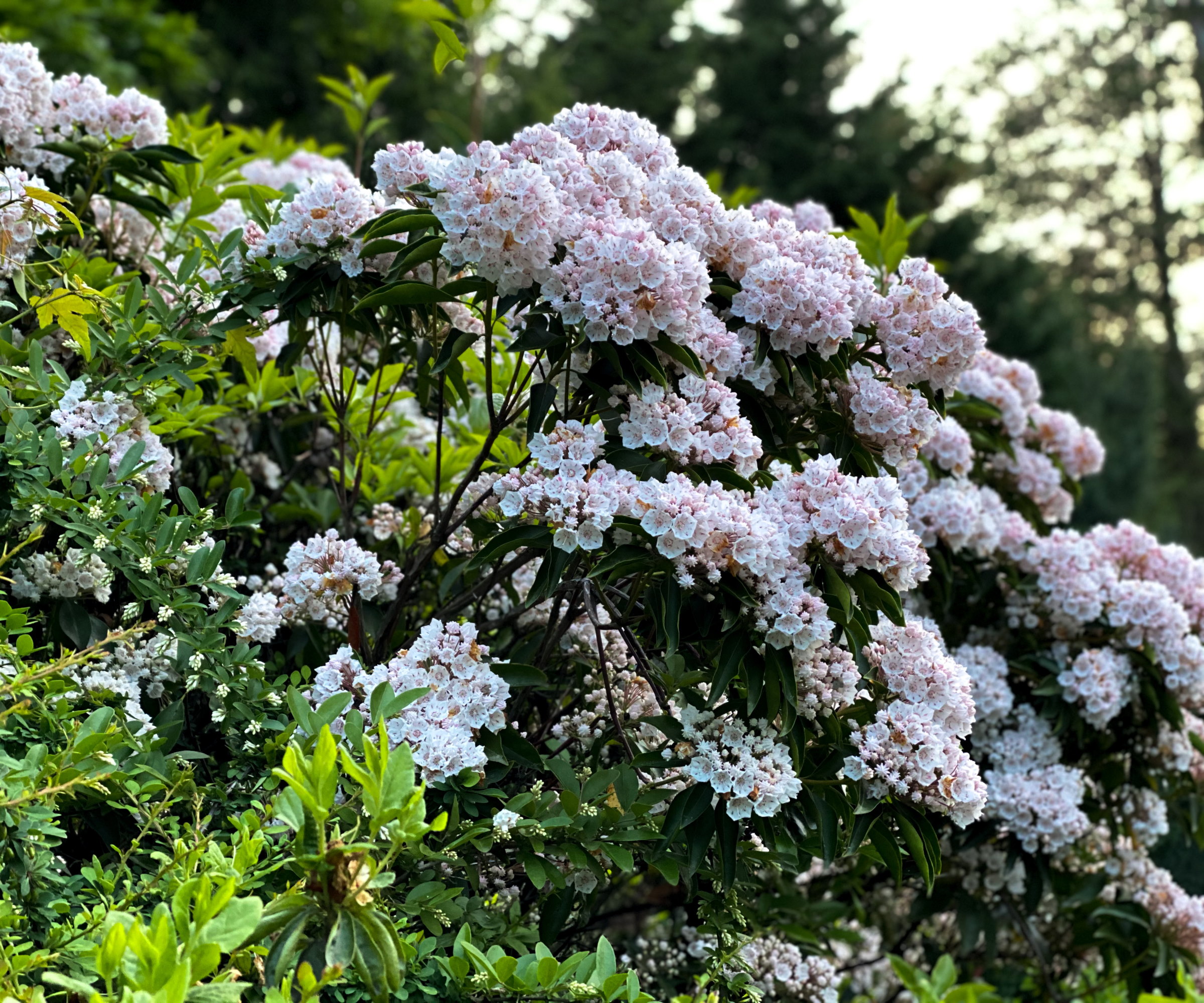
Mountain Laurel (Kalmia latifolia) is a dramatic flowering boxwood alternative with large, evergreen leaves and clusters of pink to white flowers in late spring. It is native to the eastern United States and can be grown as a shrub for privacy or for informal hedging.
‘It’s a great boxwood alternative because it’s shade-tolerant, deer-resistant, and low-maintenance,’ says Anna Ohler. ‘Once established, it requires little pruning and attracts pollinators, adding ecological value to the landscape - as well as beautiful blooms.’
This slow-growing shrub reaches 5-15 feet tall and prefers growing in partial shade, though it does tolerate full sun.
False Holly
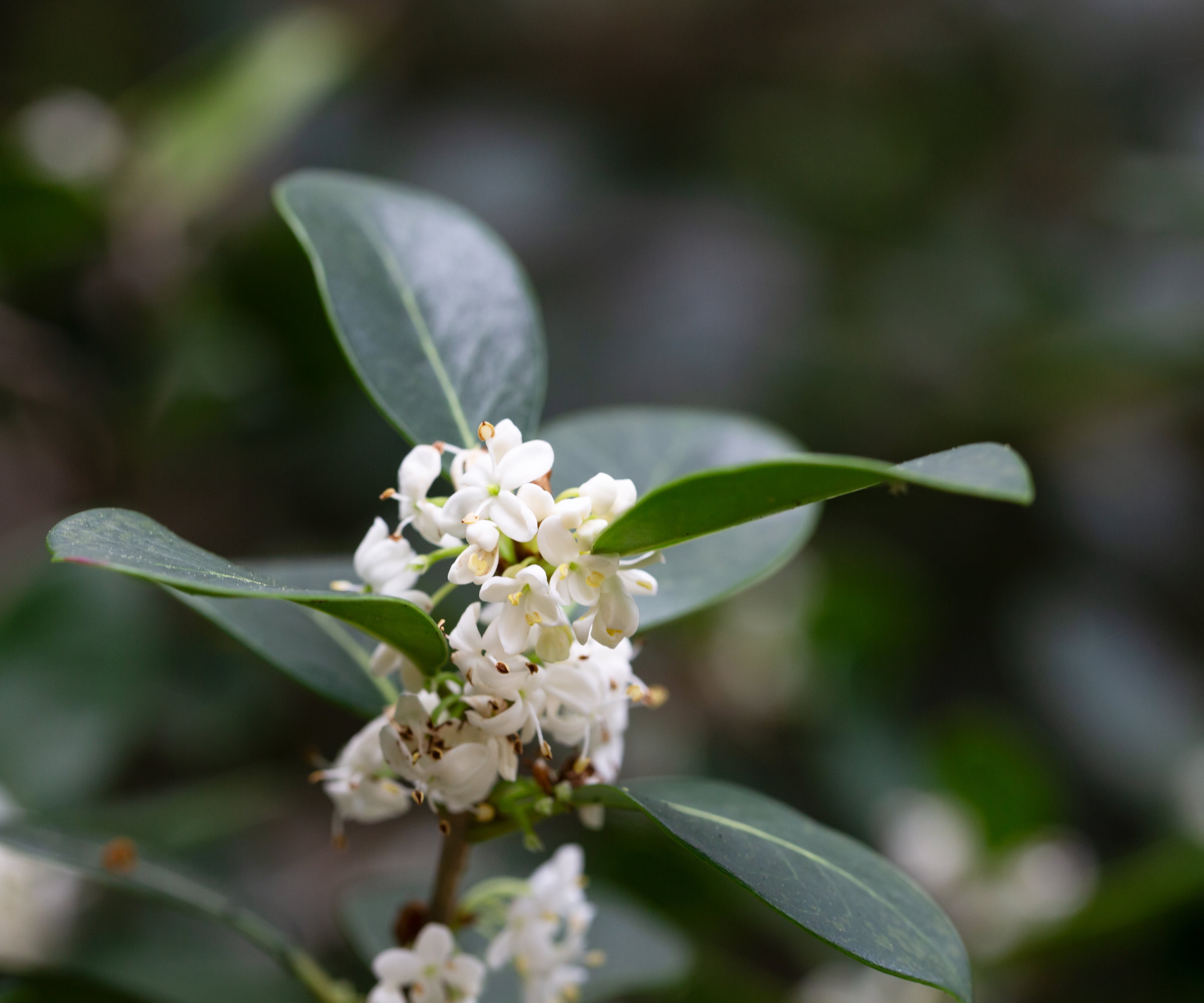
False Holly (Osmanthus heterophyllus) is a dense-growing evergreen shrub with fragrant flowers. Its slow-growing nature makes it ideal for hedging and screening and false holly is a deer-resistant plant, thanks to its spiny leaves.
Samuel Davis, horticulturist and CEO of London Gardeners, recommends false holly as a boxwood alternative because it is a ‘low-maintenance shrub with glossy leaves that looks attractive throughout the year’. He adds: ‘It grows well in both sunny and shaded locations, making it very versatile.’

Samuel Davis, a horticulturist and the CEO of London Gardeners, brings a green thumb and strategic vision to the helm. Under his leadership, London Gardeners has blossomed into the go-to destination for premier gardening services in the city, fostering beautiful landscapes while nurturing a commitment to environmental stewardship.
Yew
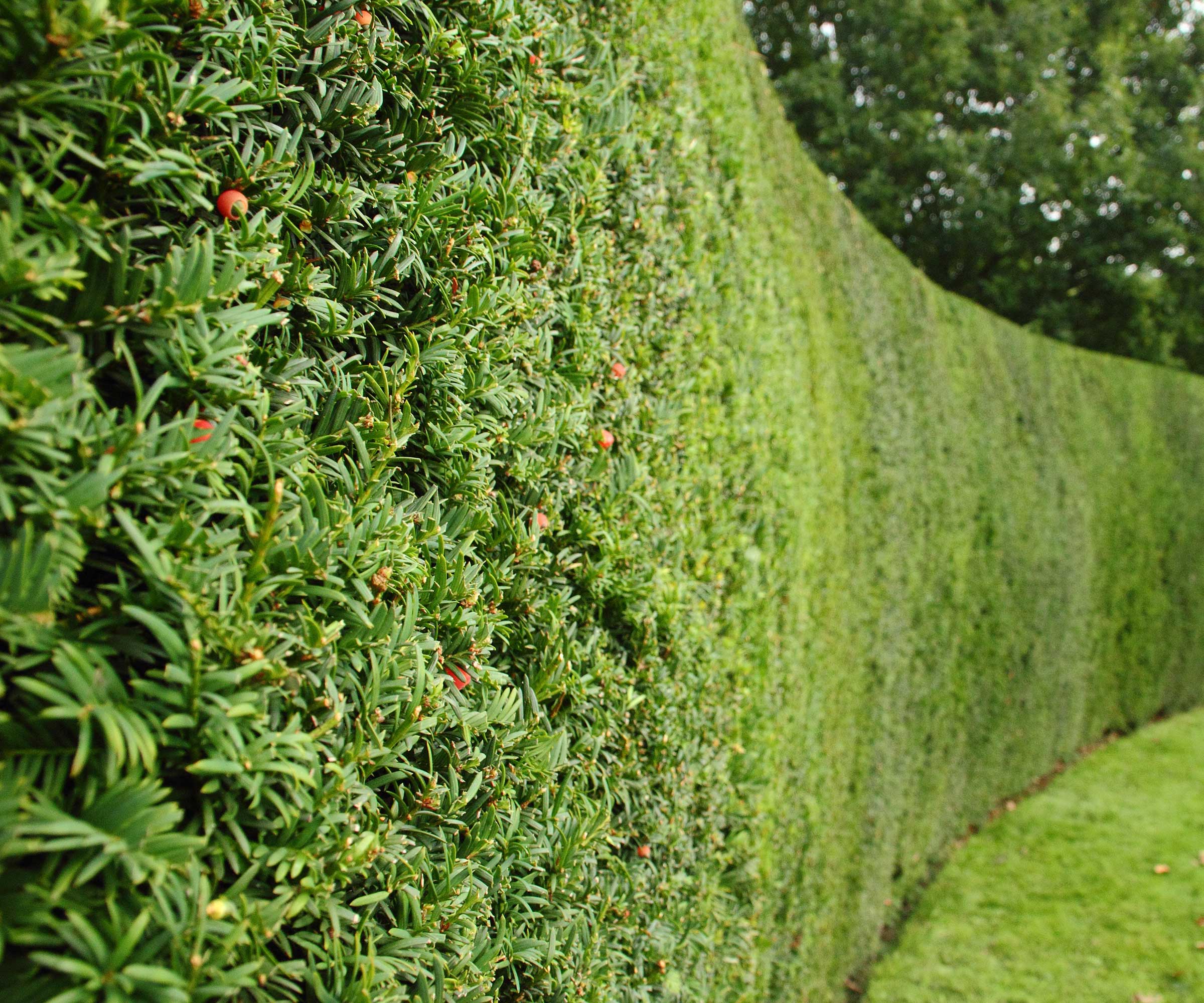
Yew is a popular evergreen hedging plant with dark green needles and red berries. Planting yew gives you a fast-growing hedge or screen that will need regular pruning to keep in shape, but they are a good alternative to boxwood hedges.
‘For topiary and hedges, you can choose either boxwood or yews, both would work depending on the aesthetic you’re going with,’ says Gavin Warwick from Boise Landscaping Company. ‘So if you’re fine with the aesthetics of yews and want lower maintenance, they’re a great alternative to boxwood.’
Plant yew in full sun to part shade and in well-draining soil. Avoid very wet soils or waterlogged spots as yew can suffer from root rot. Apart from regular pruning, yews require little extra care, bar watering in very dry periods and an annual feed.
However, all parts of yew are poisonous if ingested by humans or pets.
Yaupon holly
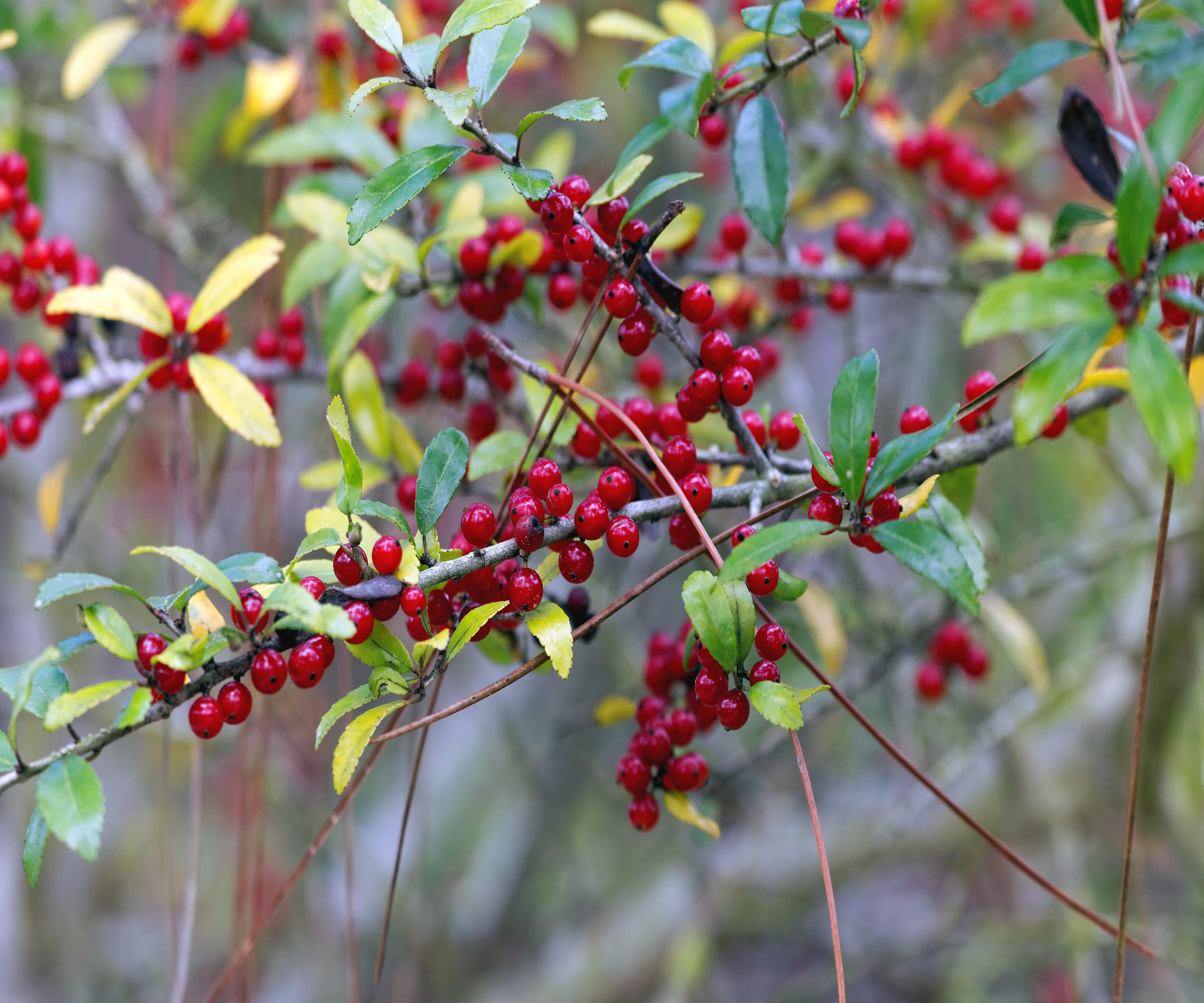
Yaupon Holly (Ilex vomitoria) is a durable and adaptable native shrub and a popular choice to be trimmed into hedges. Andre Paquette, founder of Firefly Farm and Mercantile, says of yaupon holly: ‘This tough, drought-resistant plant has a dense, rounded shape and responds well to pruning, making it a great low hedge option.’
There are different varieties of yaupon holly, but dwarf cultivars are ideal for use as a hedge, low screen, or topiary as they reach 3-5 feet tall. Plant yaupon holly in a sunny spot for the best results. It can tolerate shade but will perform better in the sun.

Andre, founder of Firefly Farm and Mercantile, has over 30 years of experience in gardening and seed cultivation. A passionate grower, he and his wife cultivate more than 400 varieties of heirloom seeds, along with peonies, roses, and garden bulbs for all seasons. Their exhibition and growing gardens, showcasing their dedication to sustainable gardening and rare varieties, are open to visitors during much of the growing season.
Azaleas
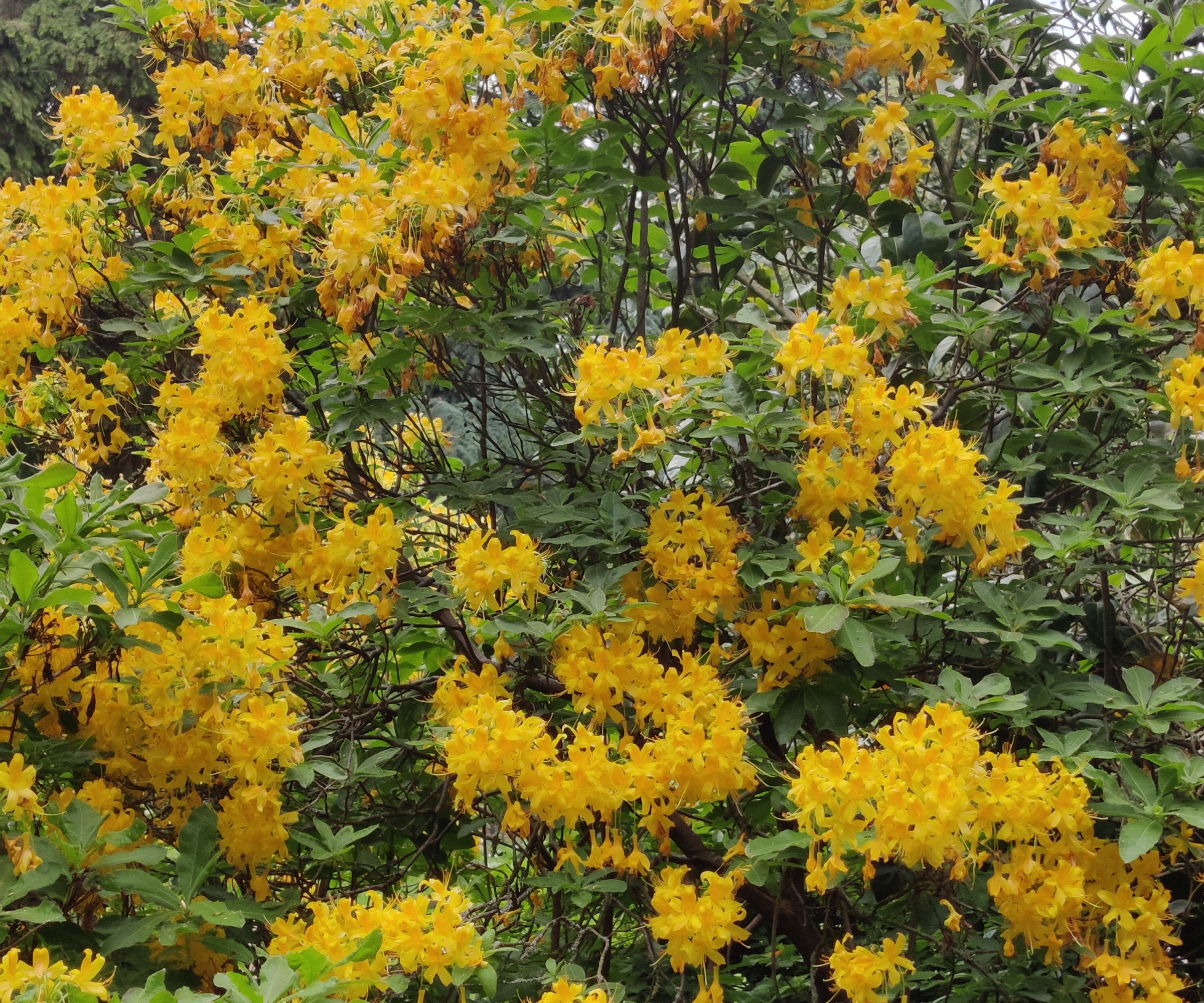
If you are looking for a showy alternative to boxwood, azaleas could be an evergreen plant that ticks your boxes. You can prune azaleas into compact hedge forms or trim them into balls to enjoy them as a flowering boxwood substitute.
Lorraine Ballato claims azaleas ‘lend themselves wonderfully’ to being a flowery boxwood alternative. She adds: ‘Flowers can be white, shades of pink and red, and purple. There is a whole line of options that flower more than once in a season, e.g., ‘Encore Azaleas’. They are also more shade-tolerant than boxwood and can have mottled or yellow foliage.’
Azaleas prefer a shadier spot and want more acidic conditions. Test your soil to ensure it is suitable for growing azaleas, but there are ways to make soil more acidic and suitable for plants. Such options include mulching with pine needles or adding sulfur or iron sulfate to soil.
Boxwood can succumb to diseases, such as blight, but it is not always down to disease if you see some discolored foliage. Boxwood turning yellow can result from winter damage when foliage gets burned by cold temperatures, or waterlogged soil that can cause root rot and yellowing leaves. If those yellow leaves are also accompanied by brown or grey foliage and dieback of stems, then unfortunately that could be box blight. If you catch the disease early, pruning out infected areas can prevent it from spreading.

Drew’s passion for gardening started with growing vegetables and salad in raised beds in a small urban terrace garden. He has worked as a professional gardener in historic gardens and specialises in growing vegetables, fruit, herbs, and cut flowers as a kitchen gardener. That passion for growing extends to being an allotmenteer, garden blogger, and producing how-to gardening guides for websites. Drew was shortlisted for the New Talent of the Year award at the 2023 Garden Media Guild Awards.
You must confirm your public display name before commenting
Please logout and then login again, you will then be prompted to enter your display name.
